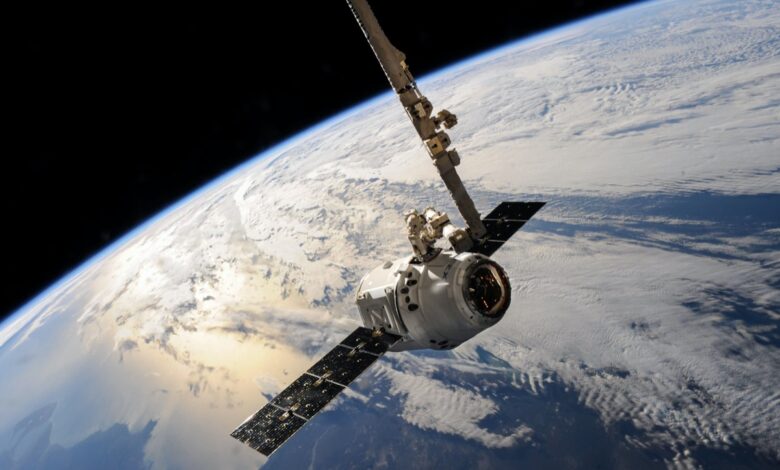
NASA and IBM are pooling their combined knowledge in earth science and artificial intelligence (AI) to create an AI model for weather and climate applications.
The US space agency and computing giant believe the model will offer “significant advantages over existing technology”, being trained on geospatial information like satellite images. As such, it’s hoped it will enable fresh opportunities to address climate change and weather challenges in ways that traditional methods can’t.
The sheer amount of climate-relevant data that the model is being trained on includes petabytes and exabytes of information. For context, a petabyte is the equivalent of around 20 million tall filing cabinets or 500 billion pages of standard printed text, and an exabyte is 1,000 petabytes. It’s a mind-boggling amount of data.
This opens up far more possibilities for fine-tuning climate change applications, ranging from flood detection to fire scars.
At the moment, AI is widely used in meteorological forecasting and other climate change data applications, but pooling resources between NASA and IBM could open up unforeseen possibilities.
“Climate change is a real and pressing issue that we must find new ways to address as quickly and efficiently as possible, including through today’s most advanced AI technologies,” said IBM Fellow and Vice President of Accelerated Discovery at IBM Alessandro Curioni in a statement. “AI foundation models utilizing geospatial data can be a game-changer because they allow us to better understand, prepare, and address the many climate-related events affecting the health of our planet in a manner and speed never before seen.
“We are hopeful these technologies can help accelerate the rate at which we derive and apply solutions for a safer and healthier planet for future generations.”
What could NASA and IBM’s AI model do?
NASA and IBM have several goals for their foundational model, hoping for it to have expanded accessibility, faster inference times, and greater diversity of data when compared to current models.
Another central aim is to improve forecasting accuracy for other climate applications. The expected capabilities of the model include predicting meteorological phenomena, extrapolating detailed information based on limited data, and predicting conditions for a range of situations, including airplane turbulence and wildfires.
After a year where the globe has been plagued with natural disasters like flooding in Kenya and wildfires in California, having greater access to predictions for extreme weather conditions could be a huge advantage for local governments.
Featured image: Pexels
Source link




